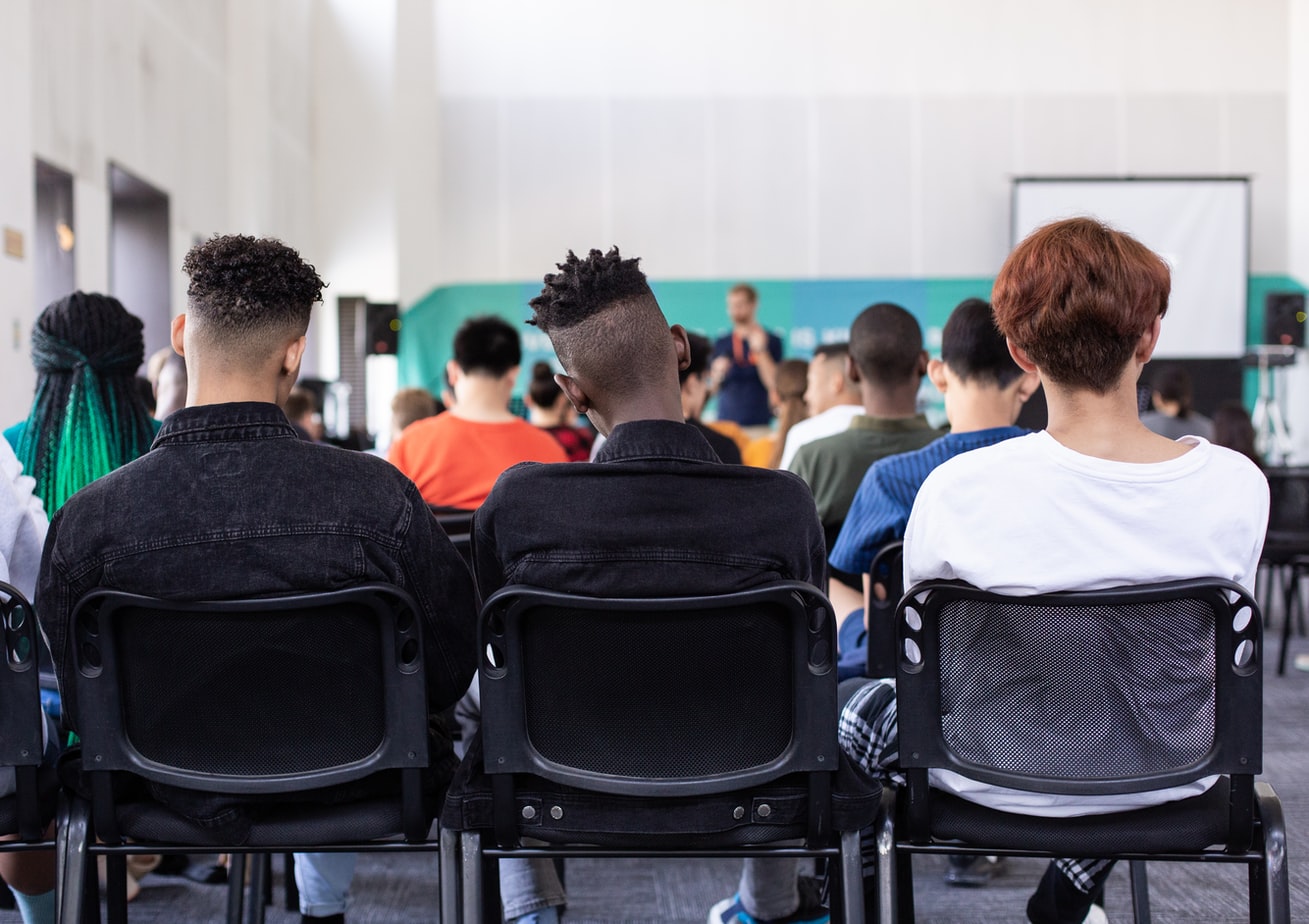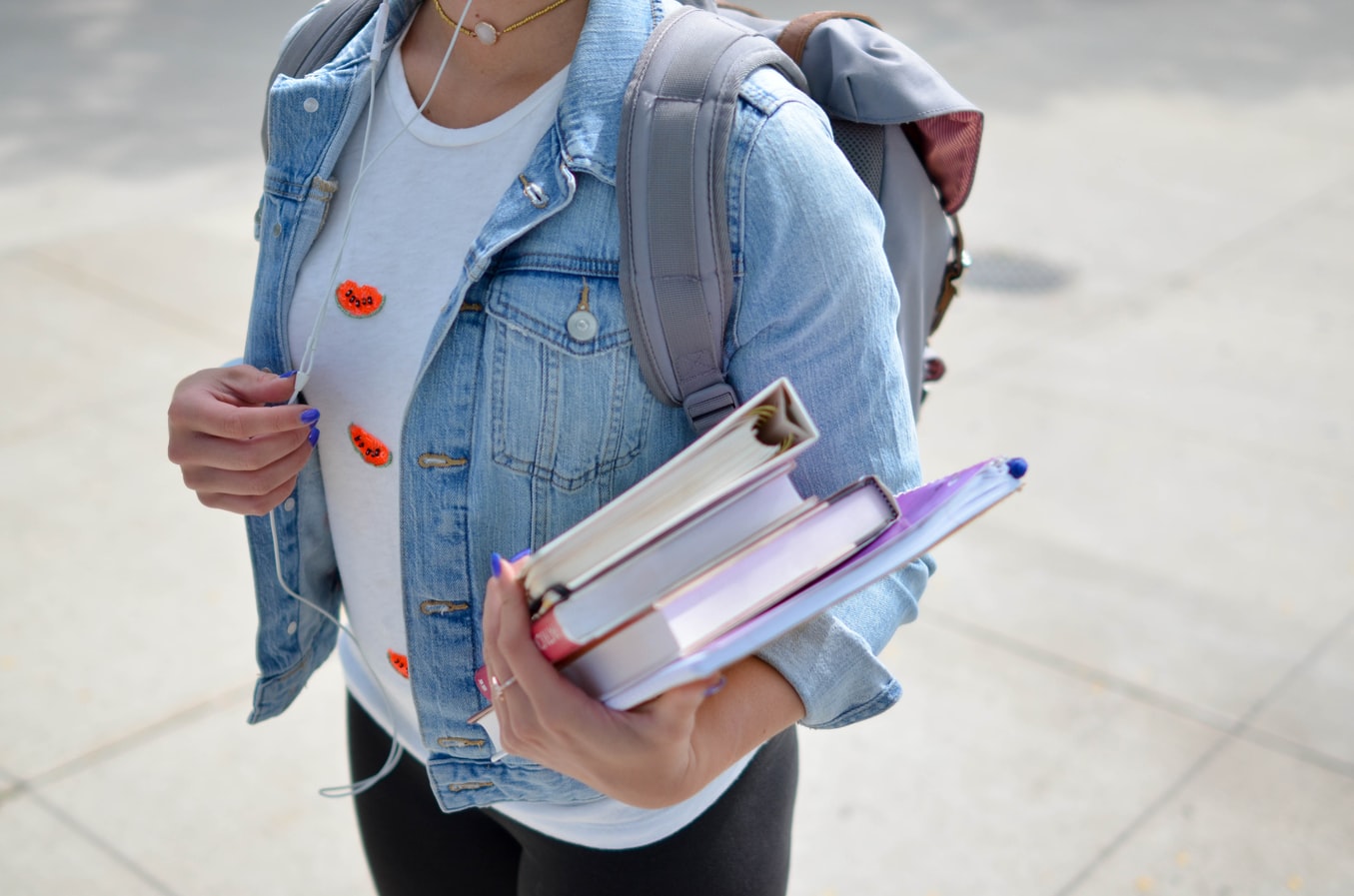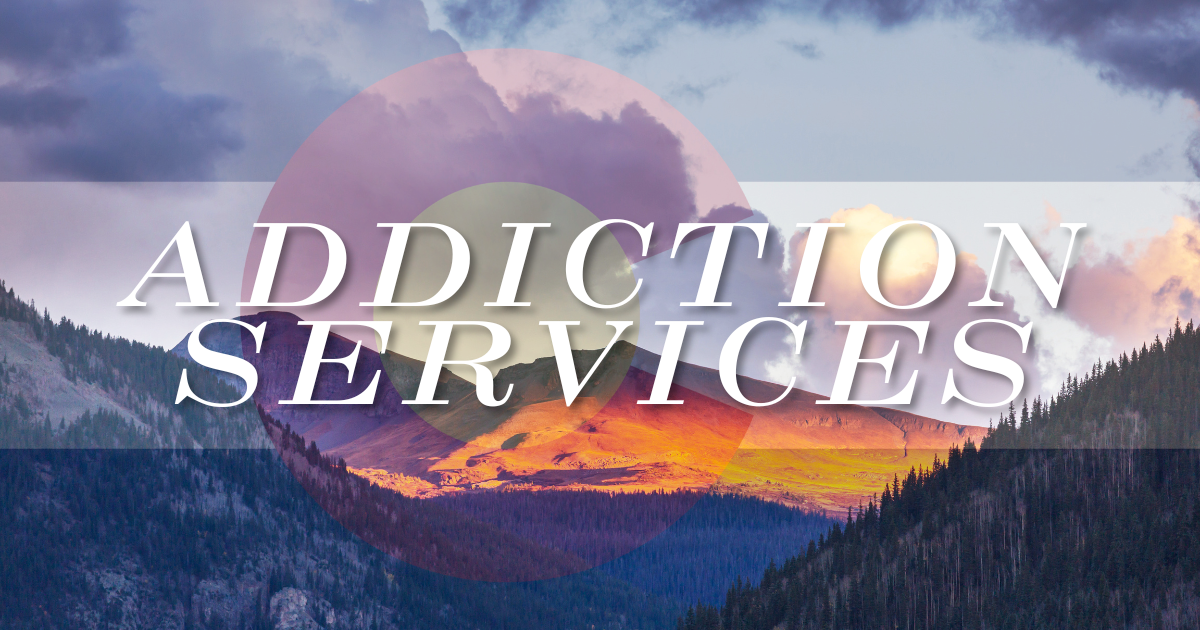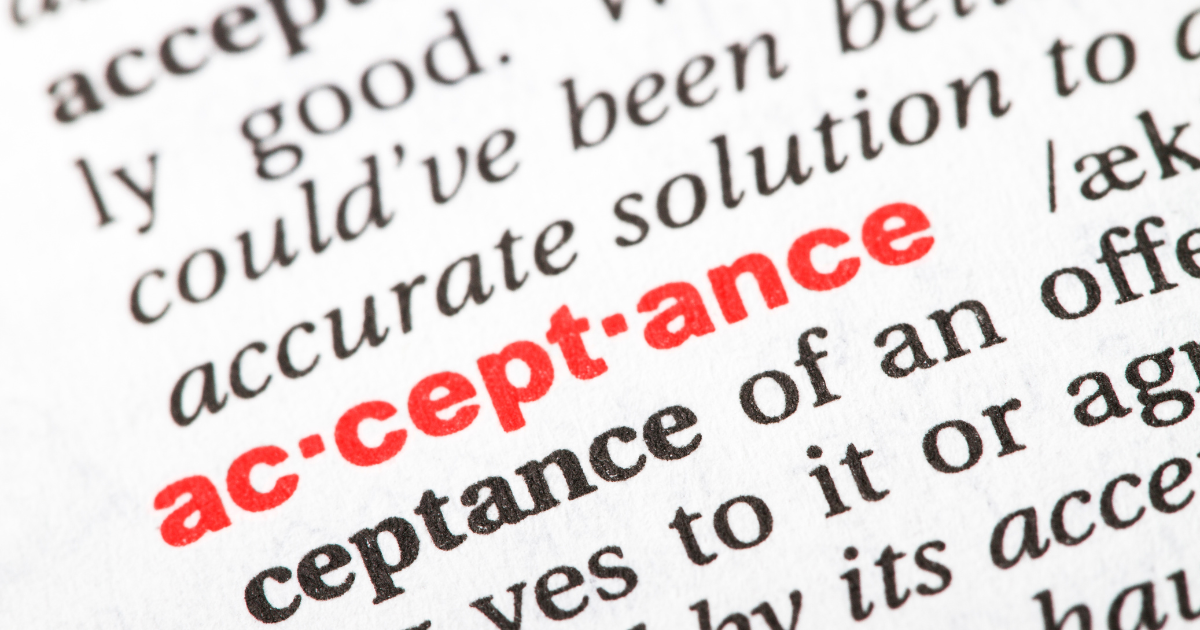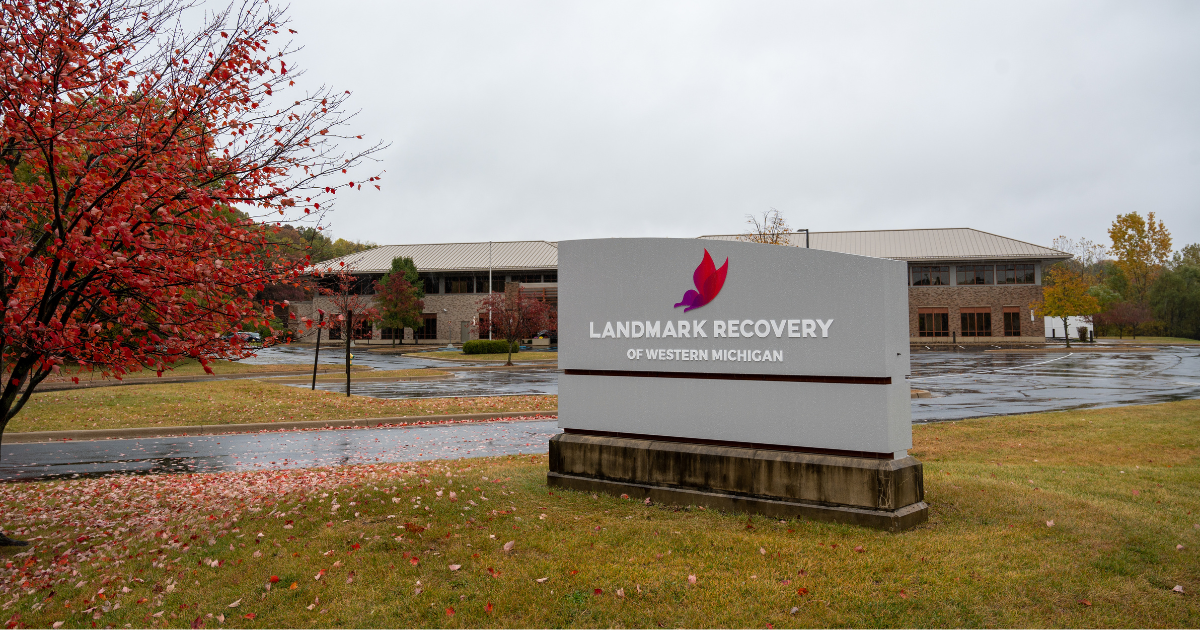Underage drug and alcohol abuse continues to remain a large problem in the United States. Among today’s youth, alcohol continues to remain the most widely used drug with roughly six out of every ten 12th grade students having consumed alcohol at least once, and 25% having done so before 8th grade. Here are some more shocking statistics about the scope of underage drug and alcohol abuse in the United States.
- Alcohol abuse is responsible for more than 4,300 deaths among underage youth each year, and costs the U.S. $24 billion in economic costs in 2010
- In 2013, there were approximately 119,000 emergency room visits for underage drinking.
- In 2016, the National Survey on Drug Use and Health reported that 19% of youth aged 12 to 20 years old drank alcohol with 12% reporting binge drinking in the past 30 days.
- Adolescents who start drinking before the age of 15 are four times more likely to become dependent on alcohol later in their lives.
When it comes to preventing underage drug and alcohol abuse, there are many programs currently in place attempting to make a difference. However, many youth still become addicted every year to harmful substances. Our younger population is especially susceptible to the negative consequences of consuming these substances.
What is a Recovery School?
The Association of Recovery Schools is a national advocacy group for the establishment of secondary and post-secondary educational institutions meant to help students overcome addiction and complete their education. According to their website, a recovery school is defined as any school that provides academic services to students with a history of substance abuse or dependency who are working a plan of recovery along with therapeutic assistance for students to help them maintain sobriety.
Drug and alcohol rehabilitation doesn’t end the day you step out of an inpatient facility. For most people, the path of sobriety is a never-ending road that is with them their whole lives. Urges and cravings pop up and pass now and again and it is important in those moments to remember the reasons you got sober in the first place.
According to the association, research has shown that roughly 8 out of 10 students who return to their home schools after being discharged from a treatment program will relapse within the first year. Unfortunately, high school and college environments are not the most ideal places for adolescents who are struggling with substance abuse, especially considering the strains of peer pressure, academic pressure, hormonal changes, and more.
Recovery schools give students the chance to remove themselves from the influence of people, places, and things that may cause them to use. One large study on recovery schools has shown that students who enroll in an ARS recovery school for at least 3 months sustain longer periods of abstinence and report decreased negative feelings and a decline in the urge to use.
The Need for Recovery Schools
Research has shown that brain development is a process that continues well into a person’s twenties. One of the last parts to grow and fully mature is the frontal lobe, responsible for impulse control and critical decision-making capabilities. Early exposure to alcohol or mind altering substances in a person’s teens can bring serious harm to this development with the risk of stunting growth.
According to the National Institute on Mental Health, the body and brain are not as equipped to handle the effects of alcohol as they will be later in life. With poor impulse control, it’s no surprise that on average, underage drinkers consume more alcohol per occasion than older drinkers.
Marijuana and Inhalants
Data from the latest surveys on teenage drug use have shown that the prevalence of marijuana has increased by 1.3% across all middle to high school grade levels between 2016-2017, likely owing to increasing legislation for medical and recreational use of marijuana along with a growing public tolerance and favorable view of the drug. The index use of all illicit substances increased by a slight percentage point, but inhalants, which include any drug that can be consumed through inhaling, rose by a staggering 2% overall. This is significant because it is the first rise in inhalant usage since 2013.
Prescription Drugs
The use of prescription psychotherapeutic drugs outside of medicinal purposes has achieved a steady decline since 2009. These types of drugs, typically administered in clinical settings, include sedatives, amphetamines, and antidepressants. Misuse of these prescription drugs has dropped from a high of 17% in 2005 to 11% in 2017. This number likely remains high due to a perception of these drugs being useful for medicinal purposes.
Among high school seniors, past year misuse of pain medication, excluding heroin, decreased to 4.2% in 2017. The past-year misuse of Vicodin decreased from a peak of 10.5% in 2003 to 2.0% in 2017, and Oxycontin misuse has decreased from the peak rate of 5.5% in 2005 to 2.7% in 2017. Furthermore, students in the 12th grade believe that opioids are harder to obtain than in the past. In 2010, 54% of students in 12th grade believed that these drugs were easily accessible, as compared to 35.8% in 2017.
Unfortunately, the rate of opioid usage is twice as high among older adolescents and young adults aged 18 to 25 than it is in younger age groups. Given the epidemic of these types of drugs use among older adults, it’s good to see that the levels of usage among youth have decreased steadily, but there is still a worrying trend in young adults getting hooked on opioid painkillers.
Vaping and Hookah
Vaping is the inhalation of vapor using devices such as e-cigarettes, Juuls, e-pens, and vapes. Vaping has seen a continual rise in usage until last year, where thirty-day prevalence of vaping fell to 6%, 11%, and 13% in grades 8, 10, and 12. Despite this decline, vaping levels remain substantially higher than the use of any other tobacco product. The percentage of students who associate vaping with great risk increased slightly as well. Hookah, the famous water method of smoking tobacco, has been steadily increasing among youth in the past ten years; however, annual prevalence decreased to 10% in 2017 from 20% in 2016.
Recovery High Schools
With so much potential exposure to harmful substances, it is inevitable that some students wind up getting hooked on drugs and alcohol. Recovery high schools (RHSs) are place where students struggling with substance abuse can be provided post-treatment education and recovery support.
A 2017 study by Vanderbilt University associate professor Andy Finch and other researchers showed that students in recovery schools were significantly more likely than those not in such schools to report being off drugs and alcohol six months after they were first surveyed. And the average reported absences among the 134 recovery school students in the study was lower than the other students.
With such promising results it is surprising that more people are not aware of this type of education. Recovery schools first started appearing in the late 1970’s and now roughly 40 exist across the nation. With the opioid crisis grabbing national headlines, the number of these schools and enrollment has been increasing.
Historically, there has been a significant treatment gap for those in adolescence who get hooked on drugs and alcohol. With less financial freedom and obligations to school, adolescents often get passed over for treatment with parents preferring to handle their child’s situation on their own. When adolescents do receive treatment, they may not be getting the kind of treatment that is specifically tailored to their age group, with counselors who cannot relate to their unique situation.
According to professor Finch, about 85% of current recovery schools are publicly funded or receive some type of public subsidy, with the rest being privately run, affiliated with religious organizations, or offered in tandem with traditional treatment centers. In Delaware, advocates for recovery schools attempted to start a public recovery school in 2018 but were unsuccessful in securing the funding needed. One local school district offered to provide the facilities and equipment, but it proved too difficult to secure the $2 million needed to cover the cost of staff.
Still, many proponents of these schools point to the positive benefits of the program as worth the costs. After all, the earlier that a student gets hooked on substances, the more likely they are to continue abusing. In traditional high school settings, the temptations and peer pressures to use drugs are also higher. By engaging students with other kids in recovery, kids can build a supportive community.
The success of these schools is predicated on the community. When students are surrounded by faculty and other students who are supportive of recovery, it feeds into itself. However, faculty at schools like Interagency at Queen Anne, based in Seattle, find themselves running into the same troubles as they would any other school. Some students may be far behind in course credits and some do not always respond well to authority.
Interagency is part of a network of alternative public schools across the nation. Known as Interagency Academy, these public school campuses also serve homeless and incarcerated youths. Unfortunately, these types of campuses can sometimes draw condemnation from neighbors who fear that students will sell drugs in their neighborhood. In reality, these schools are much safer and more sober than their traditional counterparts.
What is Recovery School Like?
Recovery schools are all unique, but most follow similar scheduling and programs. At Bridge Way Recovery School in Pennsylvania, students participate in group and individual counseling sessions, receive an individualized program that includes structured events and after-school meetings, and undergo random drug testing. Unlike traditional high school, recovery is a focal point of many of the classes at Bridge Way and other recovery schools.
Another network, APEX, is also spreading the valuable benefits of recovery schools to other states. APEX, Academic and Personal Excellence, Recovery School was created by Rochester Public Schools during the 2016-2017 school year. The program offers students battling with addiction and education curriculum that aims to fill credit haps while limiting the temptations to use again. The school also offers showers, laundry facilities, and food to help with at-risk students.
Says one APEX teacher, “We work really hard to be the most stable place in their life, even if they come to us like puppies in a barrel. Kicking students out is a natural part of the recovery process, but no student is ever permanently excluded from attending, barring some extreme circumstances. While the school is not keen on giving up on any students, there are still expectations about how much effort students must put in if they choose to attend.
Some students at APEX only attend for a few weeks in order to get sober and keep their grades on track. Others stay all the way through to finishing high school. Substance abuse and mental health problems often occur at the same time, which is why the school also makes use of a mental health professional onsite at the Alternative Learning Center and a licensed drug counselor on staff at all times.
In Conclusion
If you are getting out of drug or alcohol treatment, it may be a good time to reevaluate some of your social relationships. If given a positive influence, friends and family can be instrumental in helping you stay sober. However, if they don’t agree with or a judgmental of your new lifestyle change, they may enable you to use again. Choosing these relationships wisely is important, and it may be beneficial to seek out new friends who are sober, friends who can help you stay on your own sober path. At Landmark Recovery, we have inpatient and outpatient rehab with knowledgeable staff who are dedicated to helping you get back to a healthy lifestyle. If you are interested in learning more about treatment options, please reach out to our admissions team today.

Choose Recovery Over Addiction
We're here 24/7 to help you get the care you need to live life on your terms, without drugs or alcohol. Talk to our recovery specialists today and learn about our integrated treatment programs.

